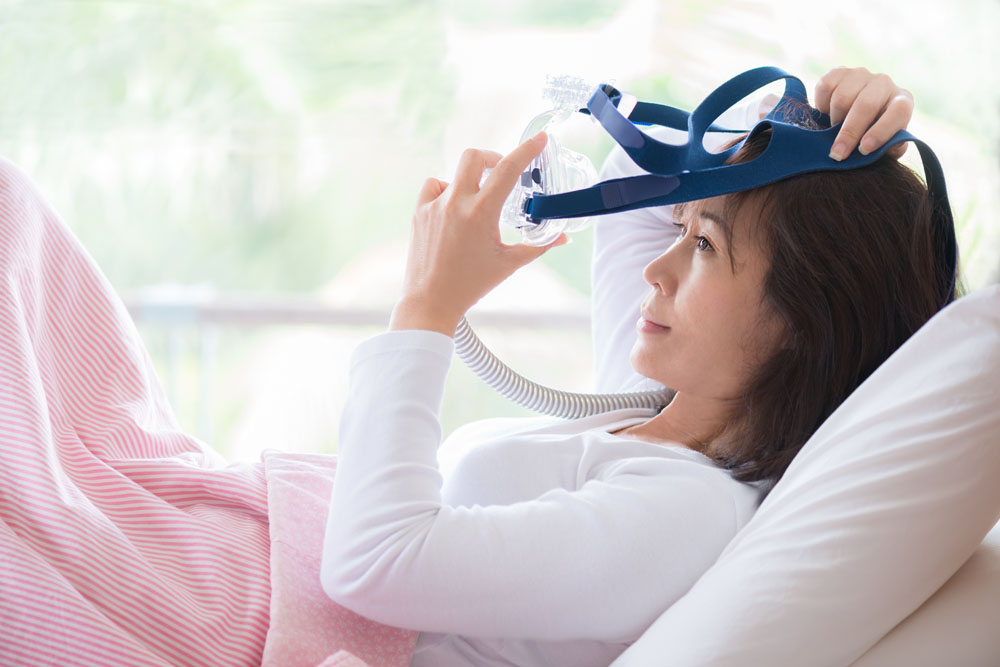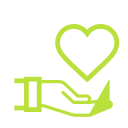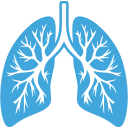Large Neck Circumference
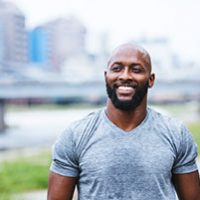

Enlarged Tonsils / Adenoids
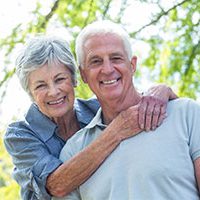
Aging & Loss of Muscle Tone

Pregnancy & Rapid Weight Gain

Ethnicity

Obesity
STOP
| Do you SNORE loudly (louder than talking or loud enough to be heard through a closed doors)? |
YES | NO |
| Do you often feel TIRED, fatigued, or sleepy during the daytime? |
YES | NO |
| Has anyone OBSERVED you stop breathing during your sleep? | YES | NO |
| Do you have or are you being treated for high blood PRESSURE? |
YES | NO |
BANG
| BMI more than 35kg/m2? | YES | NO |
| AGE over 50 years old? | YES | NO |
| NECK circumference > 15.75 (40cm)? | YES | NO |
| Male GENDER? | YES | NO |
Epworth Sleepiness Scale
| Scenario | 0 = Would Never Doze | 1 = SLIGHT CHANCE OF DOSING | 2 = MODERATE CHANCE OF DOZING | 3 = HIGH CHANCE OF DOZING |
|---|---|---|---|---|
| Sitting and Reading: | 0 | 1 | 2 | 3 |
| Sitting inactive in a public place: | 0 | 1 | 2 | 3 |
| As a passenger in a car for an hour with no break: | 0 | 1 | 2 | 3 |
| Lying down to rest in the afternoon when you can: | 0 | 1 | 2 | 3 |
| Sitting and talking to someone: | 0 | 1 | 2 | 3 |
| Sitting quietly after lunch without alcohol: | 0 | 1 | 2 | 3 |
| In a car while stopped for a few minutes in traffic: | 0 | 1 | 2 | 3 |
| Watching TV: | 0 | 1 | 2 | 3 |
The first sleep study that takes place will be the diagnostic portion of the process. During this study, your assisting Sleep Technologist will monitor things like your heart rate, oxygen levels, and respiratory effort to test for suspected sleep disorders.
If you are diagnosed with obstructive sleep apnea a full night of titration may be warranted, even if PAP therapy was not initiated on the night of your first study. The purpose of this study is to determine an optimal pressure for treatment. During this study, you will use PAP therapy the entire time. Your Technologist will slowly increase the pressure until apneas are eliminated.
Prepare for a turnaround time of about two weeks. If you do not hear from your doctor you may want to consider initiating a follow up with them to go over the results of your study and potential treatment plan.
If your physician prescribes CPAP or BiPAP therapy, we will contact you to schedule a setup appointment where you will leave with your machine and supplies. We will make the appointment for an hour so that you have time to pick out your mask and learn how to use it. This hour is yours, so we will make sure any and all of your questions are answered before you leave.
Our PAP therapists will contact you within one day of your setup appointment to review your progress with therapy. There will be additional calls further into your therapy as well. The purpose of these calls is to make sure you are not experiencing any troubles with therapy.
Please be advised, a lot of insurance companies will require that you participate in a follow up program in order to receive coverage, so it is important that you work with our support staff to update us on your progress.

